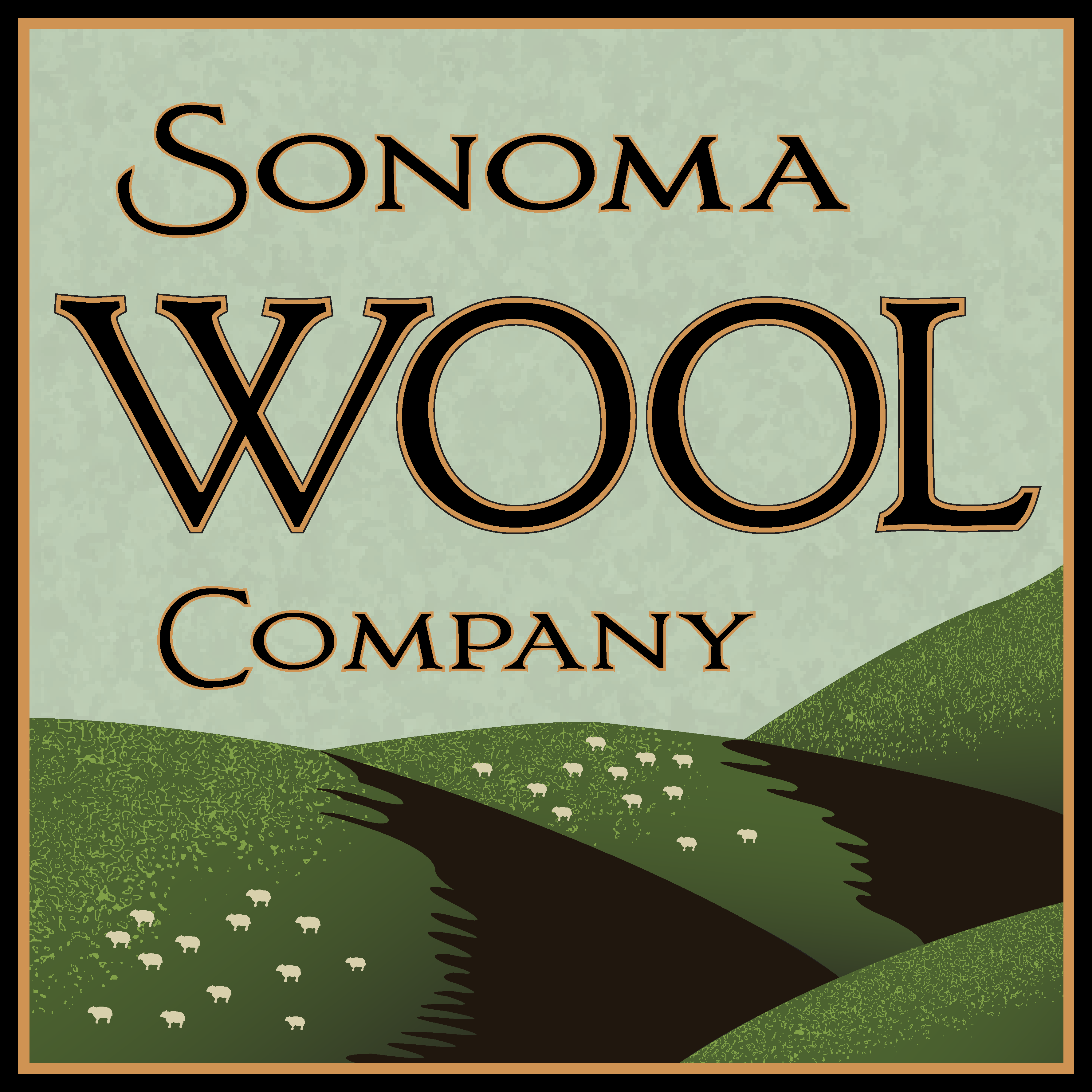In an era marked by rapid innovation and convenience, it's crucial not to overlook the unintended consequences of our choices, especially when it comes to the environment. Among the hidden threats we face is microplastic pollution—a pervasive issue stemming from synthetic fabrics that have silently infiltrated our clothing and bedding. However, the power to address this problem is within our grasp, simply by making the conscious decision to "check the tag." By understanding the materials we choose to wear and sleep on, we can take actionable steps towards reducing microplastic pollution and securing a cleaner future for our planet.
The Microplastics Predicament
Microplastics, tiny particles less than 5 millimeters in size, have emerged as a global environmental concern. These minuscule fragments result from the gradual degradation of larger plastic items and the washing of synthetic fabrics. These particles have made their way into our soil, oceans and even the very air we breathe, posing a significant threat to marine life and ecosystems. Tackling microplastic pollution is key to helping our environment thrive.
The Role of Synthetic Fabrics
Synthetic fabrics, such as polyester, nylon, and acrylic, have become staples in our clothing and bedding due to their affordability and durability. Yet, this convenience comes at a price. Every wash cycle of synthetic garments releases microscopic plastic fibers that find their way into wastewater, eventually reaching our oceans and infiltrating our food chain.
Checking the Tag: Empowering Responsible Choices
The journey towards mitigating the microplastics issue starts with a simple yet impactful step—checking the tag on your clothes and bedding. This practice involves being mindful of the materials used in the products you purchase, which in turn influences the extent of microplastics released during laundry. Here's how you can actively contribute:
Embrace Natural Fibers:
Opt for clothing and bedding crafted from natural fibers such as cotton, wool, silk, and linen. These materials biodegrade naturally, minimizing their impact on the environment compared to synthetics.
1. Check the Labels:
When shopping, check the labels! These labels ensure that the products are manufactured from natural materials, and hopefully without harmful chemicals, thus reducing the potential for microplastic shedding. It doesn't hurt to ask where their material is coming from and if they add any harsh chemicals!
2. Prioritize Longevity:
While investing in quality products might incur higher initial costs, the longevity and reduced microplastic shedding they offer make them a sustainable choice in the long run.
3. Champion Secondhand Fashion:
Vintage and secondhand clothing not only reduce the demand for new synthetic products but also bring a unique touch to your wardrobe.
4. Support Eco-Conscious Brands:
Numerous progressive fashion and bedding brands are committed to sustainability. By supporting those that emphasize natural fibers and microplastics pollution reduction, you drive positive change in the industry.
5. Practice Mindful Washing:
Opt for shorter wash cycles, cold water, and minimal detergent usage when laundering clothes. These practices can significantly minimize the release of microplastics. Try using our Wool Dryer Balls to reduce drying time naturally and reduce microplastics!

A Collaborative Effort for a Cleaner Tomorrow
Reducing microplastic pollution necessitates collective action. As consumers, we wield the ability to create change by making informed decisions, demanding transparency from manufacturers, and supporting sustainable practices. Manufacturers and policymakers also play a pivotal role in reducing microplastics at their source by developing innovative fabric technologies, sustainable manufacturing processes, and effective waste management solutions.
Sonoma Wool Company: Re-Discovering the Wonders of Wool
At Sonoma Wool Company, we recognize the urgency of tackling microplastic pollution and are committed to helping people "Re-Discover the Wonders of Wool." Wool, a remarkable natural fiber, offers myriad benefits, from its temperature-regulating properties to its completely biodegradable nature. Solving microplastic pollution means reducing our footprint on this earth, and by opting for wool bedding and clothing we can contribute while enjoying the comfort and sustainability that wool provides.
Conclusion
The concept of "checking the tag" extends beyond a mere act; it embodies our responsibility as conscious consumers to make choices that align with a sustainable future. By understanding the implications of synthetic fabrics and microplastics on our environment, we have the power to transform our habits towards responsible and eco-friendly decisions. With each deliberate choice, we pave the way to a world where microplastics no longer pose a threat—where oceans are cleaner, ecosystems thrive, and the cycle of microplastics pollution is broken. So, remember, by checking the tag, you're not just making a purchase; you're making a commitment to a healthier planet, and you're part of a movement for positive change.

